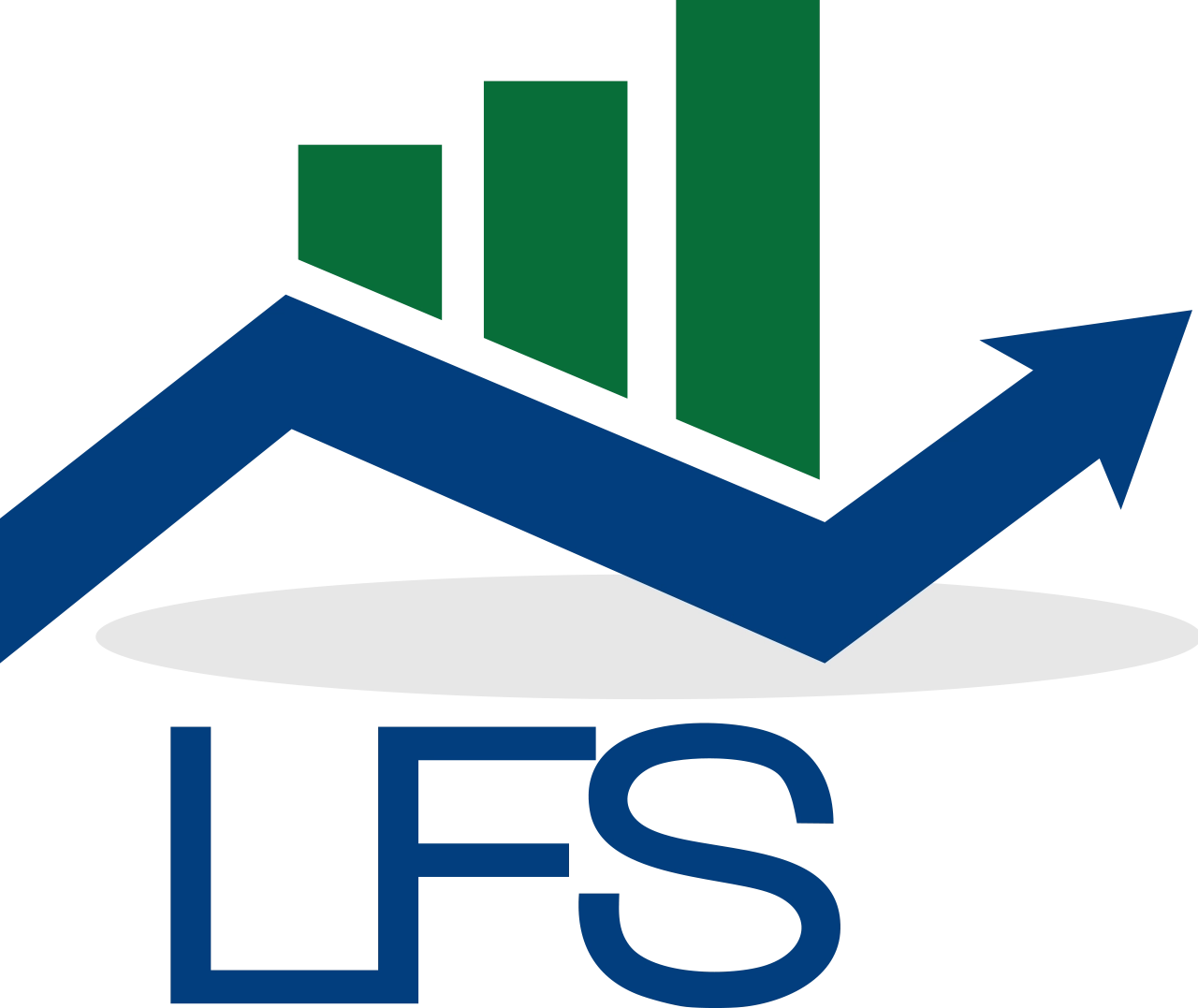Bernie’s Blog
Ideas for Helping Ukrainians
As we all watch the horrifying events unfolding in Ukraine, we are all thinking about what we can do to help all the people who are suffering and those in the neighboring countries who are opening their homes and their hearts.
For those who are charitably inclined, we want to provide some ideas.
As always, make sure that the organization(s) you are donating to are legitimate and meet your own personal criteria for charitable contributions. We recommend donating directly through the charity’s website. Scammers are definitely out there, as we all know. For those of you who have not done your 2022 RMD yet, you can donate that distribution to a registered charitable organization without paying income taxes on the donation. Let us know if you are interested in doing this and we will generate the paperwork for you.
Red Cross: https://www.icrc.org/en/donate/ukraine Helps with shelter, first aid and medical supplies inside and outside Ukraine.
UNICEF: https://www.unicefusa.org/ Supports health, nutrition, safe water and protection for children and families.
Doctors without Borders: https://www.doctorswithoutborders.org works with local volunteers to help victims access medical care and prescriptions.
And our personal favorite which you may have read about<
AirBnb: https://www.airbnb.org/ Book a “stay” at a home in a besieged city in Ukraine. Airbnb is waiving the guest and host fees and the dollars go directly to the host you choose right away. Just tell the host you will not be using your stay, at least not right now. Be sure the host is legitimate and has been operating for a while. OR you can donate to “host” a Ukrainian refugee in another country. Two great ways to get dollars directly to Ukrainians very quickly!
Some Potential Good News for Retirement Account Owners
For those of us who are looking for some good financial news these days, we finally have some!
For the first time in 20 years, the life expectancy tables, which dictate the amount of money which must be withdrawn annually from retirement accounts, have been updated. These tables show a life expectancy at birth of 84.6, up from 82.4.
Why is this good financial news?
Required Minimum Distributions (RMDs) from retirement accounts will be going down in 2022, and not because the market is down!
The Required Minimum Distribution (RMD) is calculated by dividing each retirement account balance at prior year end (December 31, 2021) by the life expectancy factor calculated by these life expectancy tables. That also means the tax bill on these distributions will also be going down.
If you have to take a RMD for 2022, you will use these new tables, even if you have been taking distributions for years or inherited an IRA years ago. The RMDs shown at Ameritrade have been updated to reflect this new guidance.
NOTE: There is also some chatter about an increase to the age at which RMDs are required to start, but nothing official yet.
As always, call or email with questions!
Just What is Going on With the Stock Market?
For those of you have heeded our advice the last few weeks and not looked at your portfolios, we have news for you – the stock market has been absolutely terrible. The losses (on paper) are very much reminiscent of March 2020. Just about all equities and bonds are significantly down in January, with a few exceptions like energy stocks/funds. Technology, which has been the star performer over the last two years, is now leading the way down while more defensive cyclicals (big and boring, as we call sometimes call them) are down but not quite as bad.
Before we talk about what to do at times like this, which will feel a lot like what not to do, let’s try to understand WHY this is happening and why it’s happening right now.
This is definitely a perfect storm of external and often related factors which have come together right now:
- Ongoing and worsening inflation. Lots of causes for this inflation, but clearly not transitory. A little inflation is a good thing but the 5%+ we now have, probably not.
- Federal Reserve planning rate hikes and stopping bond purchases. Raising rates is the lever the Fed has to help curb inflation because it slows the economic growth by making it more expensive to borrow money. Over time, the higher rates will translate into higher interest rates for our cash reserves but that good part will take a while.
- Covid 19 variants are here and will likely continue to be here. The hope we all had to have Covid behind us by now is clearly not happening. We are learning how to live with it because we have to!
- Mixed to lower corporate earnings. It’s corporate earnings time and although the majority of companies which have reported to date have actually reported strong results, which were consistent with expectations for Q4, 2021, the forward outlook for most of these companies has disappointed analysts and investors. See bullets above!
- The Ukraine/Russia conflict. The market, much like all of us, doesn’t like uncertainty and the conflict in eastern Europe is certainly creating plenty of that.
So now what?
As one of the financial pundits said this week, his best advice is to “sit on your hands and do nothing.” That’s easy to say and hard to do, so let’s expand a little:
- Do not look at your portfolio every day. We are watching and we will let you know if we see something which requires your immediate attention. Markets go down. It’s hard to watch but if markets didn’t go down, there would not be any risk. And without risk, there is also no gain.
- At the same time, think about how your stomach feels right now. If you are very nervous, let’s re-evaluate your holdings and consider reducing the risk as the market improves.
- Ensure that your cash reserve is fully funded so that you do not need to sell holdings at a loss to fund expenses. This action will keep the losses on paper! But of course, if you have bonus dollars sitting in your checking account, think about whether you may want to invest some of it. Some good buys right now! Fund your cash reserve first.
- And remember we are always here to talk and answer questions.
2022 Retirement Account Changes
Thus far in 2022, there are just a few changes which impact IRA’s and 401K’s. There could be additional changes later in the year of course.
For 401K/403B:
- The maximum employee contribution has been increased from $19,500 to $20,500. The catch-up contribution for employees age 50 and over has been increased from $26,000 to $27,000.
For Traditional IRA’s:
- No change to the contribution levels but the income deductibility level has been increased. We will review with you individually as needed.
For ROTH IRA’s:
- No change to contribution levels – still lower of earned income or $6000 for each spouse. Catch-up contribution of additional $1000 for age 50 and over.
- Contribution eligibility has increased:
- Full contribution with Adjusted Gross Income (AGI) less than $129,000 for a single taxpayer. Phase-out between $129,000 and $143,999. We can help with the phase-out math.
- Full contribution for each with total Adjusted Gross Income (AGI) less than $204,000 for married/filing jointly taxpayers. Phase-out between $204,000 and $213,999. We can help with the phase-out math.
- 2021 contributions can be made until April 15, 2022. Remember to use a deposit slip that we will provide to ensure that contribution is applied to 2021.
Call with questions or if we can help get these changes made for you.
Happy New Year from our family to yours!

Great Holiday Gifts Part 2: Roth IRA’s
As promised earlier in the month, we are now going to re-introduce you to Roth IRA’s, but this time, as great financial gifts for your lucky and hard-working children or grandchildren. As I said earlier, there are very few investments which grow tax free, but 529 plans and Roth IRA’s do just that!
Many of you are familiar with Roth IRA’s, but for those of you that are not, here is a brief overview:
Roth IRA’s were created by the Taxpayer Relief Act of 1997 to help Americans save for retirement. These IRA’s have become enormously popular in the last 20 years but there are some important considerations:
- The dollar contribution limits are the same for Roth IRA’s and traditional IRA’s. Eligibility for a Roth IRA requires “earned income,” subject to an income cap which is not present for traditional IRA’s.
- Contributions are made with after-tax dollars, unlike those in traditional IRA’s or most company sponsored retirement plans
- Because the contributions are made with after-tax dollars, the contributions can be withdrawn at any time, without tax or penalty. This might be important for young investors like your children or grandchildren who might need the money they invested before retirement
- Unlike traditional retirement plans, the earnings can also be withdrawn tax-free, subject to owner age and account duration rules, and there is no requirement for distributions to begin at 72 years of age
As I said above, there is a requirement for the Roth IRA account holder to have “earned income” in order to be able to contribute BUT the actual contribution can be funded by anyone (YOU in this case) as long as the dollar amount of the contribution does not exceed the owner’s earned income or annual maximum allowed.
Head spinning? How about an example? You have a 19 year old grandson who worked over the summer stocking shelves in the middle of the night for Kroger. He earned $2000 and will receive a W-2 from Kroger. I am guessing he probably can’t invest this $2000 in a Roth IRA because he is saving every penny for college, BUT you can fund it for him. You have until April 2022 to make this 2021 Roth contribution. We will help you understand eligibility requirements and then help you actually pull this off.
Want to read more about Roth IRA’s? See attached link. https://www.investopedia.com/terms/r/rothira.asp

